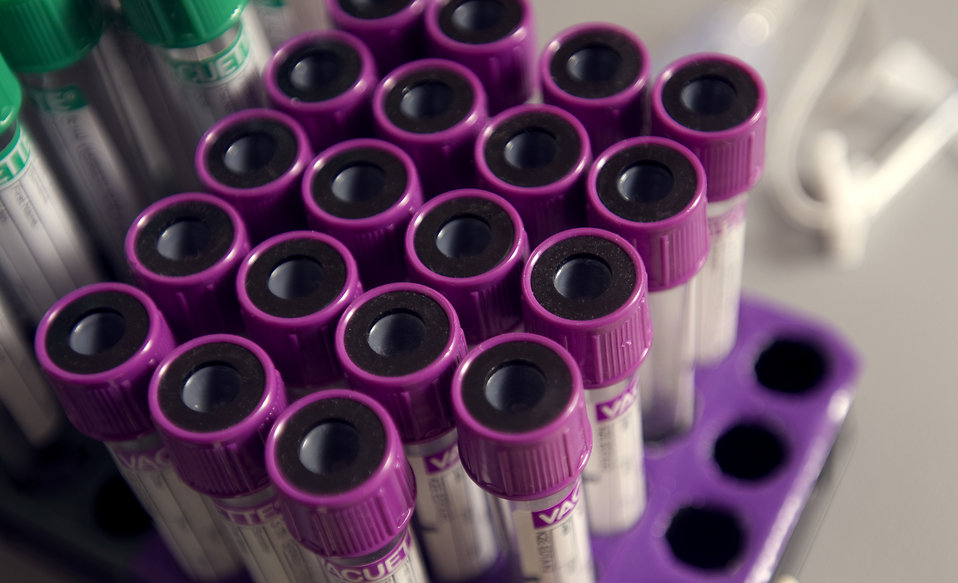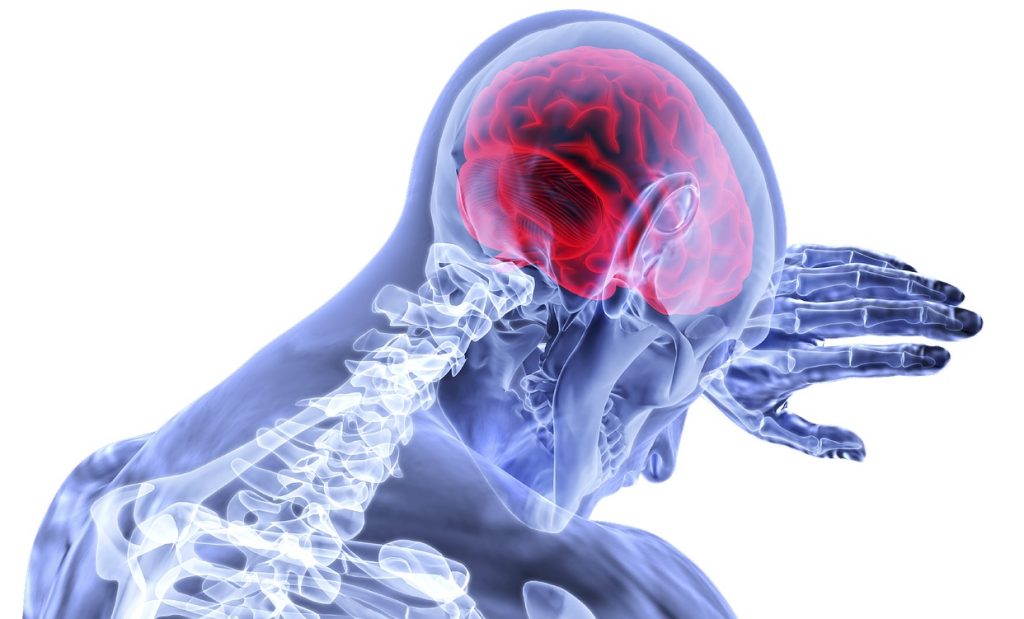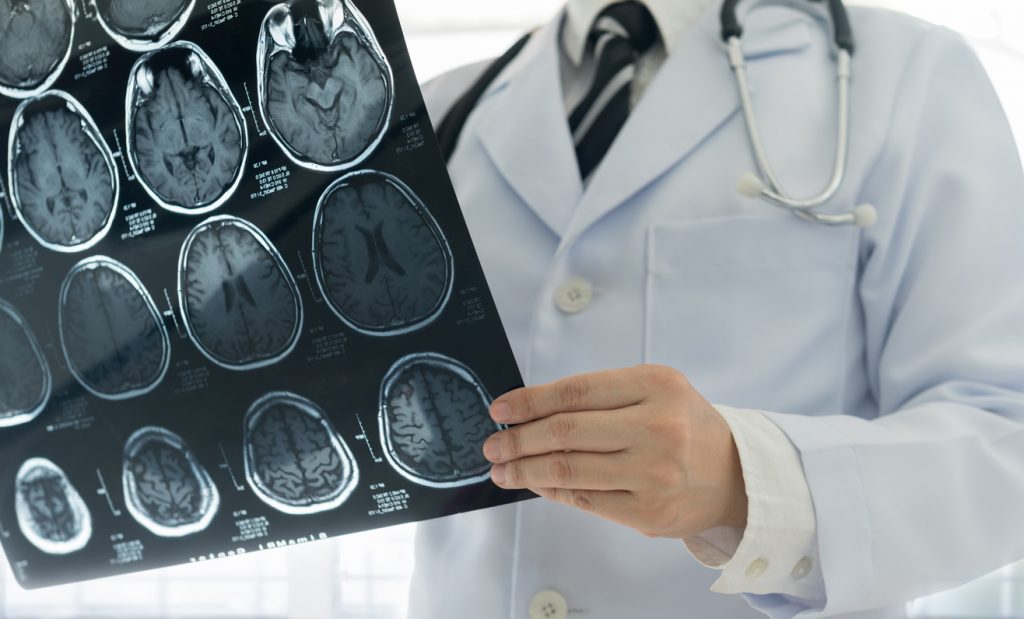Transcript
Getting diagnosed

Being a young adult and having tremors was quite embarrassing. I lived with it for a while. I found alcohol helped. But eventually it got to the stage where I wanted to put a label on what it is I had. I saw my GP who referred me to a neurologist back then and the diagnosis was essential tremor. Which at the time he said, in fact one of the medications for it is alcohol. So I was doing the right thing before.
Family history
So my father had tremors. He passed away last year. But he was never diagnosed as having essential tremor. He was quite a heavy drinker, so I wasn’t sure if that had caused it or whether it was, you know, which was cause and effect. And unfortunately my 18 year old daughter has got it now. Those are the only two members of my family that I know – my immediate family. My nephew, my sister’s son, has got it as well.
Symptoms

Life effects of illness
I guess I did the wrong things. I tried to hide the condition and would then avoid situations where the tremors would be noticeable and embarrassing. So over the years things like going out to restaurants, having drinks with friends, I started to avoid those situations over time. That built up an anxiety as well, which accentuates the tremor, makes it worse. It’s almost like a vicious cycle.
Lately, I guess in the last five to ten years it got really bad and it was almost impossible to hide, which conversely had almost an opposite effect. The anxiety lessened, because I wasn’t trying to hide it anymore. But I would still avoid situations like going out to restaurants and enjoying a glass of wine in company. So I guess I became more reserved. I guess I’m a reserved person anyway, but I became more reserved. I’d look for excuses not to go out to functions and social events. Family was very supportive because they didn’t treat me differently. It was just one of those things that I had.
But I guess over time it became much more debilitating, to the point where it was affecting my work as well. I work in IT and things like using a mouse was fine while I was sitting at the desk, I could compensate. But if I was sitting in a room in a meeting and I was controlling the meeting and having to move the mouse, it became a problem.
Former treatments
Initially when I first saw the neurologist, way back in my mid-twenties, he prescribed Inderal which is, the drug is propranolol. It’s a beta-blocker, so it’s used for blood pressure, to control blood pressure. It didn’t have any effect on me at all. The tremors were slight so that the medication really didn’t have any effect. In the last ten or fifteen years as the tremor got much more pronounced, I went back on Inderal and that took the edge off the tremor. It took about 30% off the tremor, so it was a lot worse when I didn’t take my medication, so even though the tremors were bad and I was still avoiding social situations, it was a lot better with the medication.
I also tried another drug, primidone, which is an anti-seizure medication. But it has a side effect of making you very drowsy and I took a quarter of a tablet and it knocked me out for two days. I got to work and I virtually went to sleep at my desk. I had to go home and sleep for the whole day and I didn’t recover for another day. So I stopped that straight away.
Use of alcohol
Having got the okay from the neurologist to try alcohol, that was probably my principle means of overcoming. Obviously very short term and not very practical for things like work, but for social situations, I’d have a couple of drinks before going out and that was effective for a while, but as it got worse, I’d have to have more and more drinks before the event to cope. So it wasn’t a very sustainable approach.
Psychiatric treatment for anxiety
So I was probably in my mid-thirties when I decided to go and see a psychiatrist about it. By that stage I guess I didn’t know which one was worse, but the anxiety was having an effect on the tremors, where the tremor was causing the anxiety. It all became blurred into one I guess.
Was the psychiatry helpful? A little bit I guess. It obviously didn’t make the tremors go away but I learned some coping techniques to lessen the anxiety. But it wasn’t effective to the extent where I was able to cope with social situations or anything like that. I was still debilitated by the tremor. But I had a little bit more control over the anxiety.
Choosing DBS

Experience of the procedure
I didn’t really have that much anxiety about the operation. Maybe partially because I’d heard about it for such a long time and well, I’d made up my mind that it was something I wanted to do. To plug the team at Hollywood, they’re really, really positive and explained all the risks. Explained that the risks were – some of them are quite severe but slight, so small. So small risks but, you know, there are major consequences if something went wrong. I understood all this, the risks. It is brain surgery, so things could go wrong. But I don’t think I was ever anxious about the surgery. I guess the outcome far outweighed the risks for me.
So life changing, I’d describe it. So it’s still not perfect.
To talk a little bit about the surgical process and what happened in hospital. The operation was four or five hours. I actually was woken up in the middle of it to interact, which was quite an interesting experience. No pain at all. You’re in a, like a twilight zone, but you’re able to respond to requests. Like holding a drink bottle and then turning on the stimulator so when your hands started doing this then slowly settled down to something approaching no shakes at all.
I woke up in ICU after the operation and immediately after the operation that first day, my right hand especially was the best it’s ever been. And that’s a combination of the – it obviously was due to the operation, but the mere fact that you put the electrodes in the brain causes a reaction and that reduces the tremor anyway. So it went from perfection to slightly less than perfection and all that had been explained to me, so I knew what to expect.
Side effects
It takes a while for the levels to be adjusted to get optimum tremor control and minimum side effects. The major side effect that I’ve had with the operation is a speech problem. It feels as though my tongue swells in my mouth. So it is quite hard to form words. I’ve been told that people listening to me don’t really notice it, but I notice it. So the act of trying to get words out is a struggle.
Now all of that depends on what level the tremor control is set at, so if this is set for high tremor control so that my hands are beautiful and rock steady, speech becomes quite a problem for me. So over the next few weeks and for the past few weeks we’ve been sort of adjusting the levels, to find what an optimal setting would be, that the speech is fine and there is enough tremor control to make a massive difference. Right now I’ve got it set on the lowest setting that I can control, so my speech is okay, it’s good. The tremors aren’t perfect but even at this low level, I would say they’re about 80% better than they were before. So it’s still a massive improvement.
Living with DBS

I don’t adjust it often, but sometimes I do, so if I’m going out for a meal or something, I might push the levels up so my hands are a little bit steadier and I put up with a little bit of the speech problems. If I’m being interviewed I drop the levels right down so that my speech is, like at work I tend to operate at lower levels so that my speech is okay. And the tremors are still fine. They’re under control, but they’re not as good as if I push it up.
So it’s finding that balance and I go and visit Dr Rodrigues every six weeks or so, so that he can do some, bigger adjustments I guess, and then I get to play with it for six weeks so that I can fine tune the levels that are optimal for me.
The one I’ve got in here is a non-rechargeable. It has to be changed anywhere between three to five years. But that’s just day surgery, so it’s a matter of opening it up, taking that piece out. All the wiring and the electrodes in the brain stay there, it’s just the unit that’s changed. The advantage of that is because technology improves over the years, in four or five years’ time the unit that they replace it with could have better advantages, better technology in it. There was an option of using a rechargeable unit, which is smaller than this one. But the person who supplied the hardware recommended for me to have this one, and that made sense.
Symptom control effects

So I guess everyone is different. I had no anxieties about going into the operation, I understood the risks. For me the rewards far outweighed the risks. I guess every person needs to make up their own mind. But if they’re anything like me, having to live with those tremors where you felt that it was difficult doing simple day to day tasks. The one I always use as an example is putting toothpaste on a toothbrush, because you use both hands and with each one shaking independently, it is actually incredibly difficult to do that one thing. The difference between before the operation and after the operation is just incredible, you can do simple things. I know it sounds trivial but it just makes a huge difference to life. Yeah, it’s good.
Addendum
After the above, Clinton reported an unpleasant alteration of taste at stimulation levels required to suppress tremor. This is an unusual previously unreported side effect and he required a changeover of the DBS pulse generator to a more flexible model with more programming parameters. He was subsequently able to regain normal taste with good tremor control. As is often the case in such situations, the focus was on maximum tremor control on his dominant side, which was achieved.
Video kindly featuring:
Clinton, essential tremor patient.
Dr Julian Rodrigues MBBS FRACP; Consultant Neurologist at Hollywood Medical Centre, and Editorial Advisory Board Member of the Virtual Neuro Centre.
All content and media on the HealthEngine Blog is created and published online for informational purposes only. It is not intended to be a substitute for professional medical advice and should not be relied on as health or personal advice. Always seek the guidance of your doctor or other qualified health professional with any questions you may have regarding your health or a medical condition. Never disregard the advice of a medical professional, or delay in seeking it because of something you have read on this Website. If you think you may have a medical emergency, call your doctor, go to the nearest hospital emergency department, or call the emergency services immediately.







